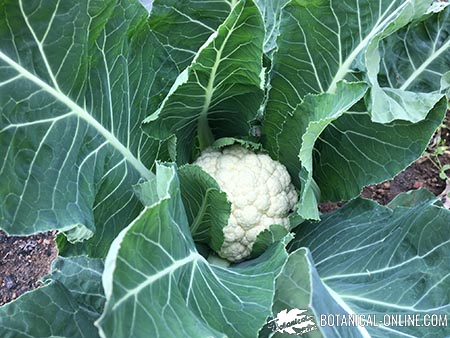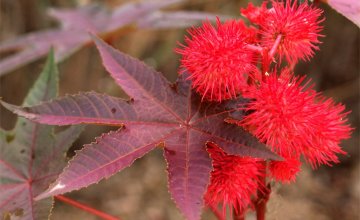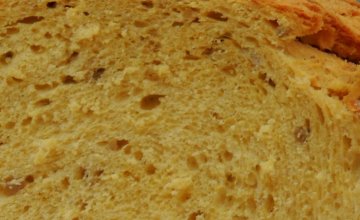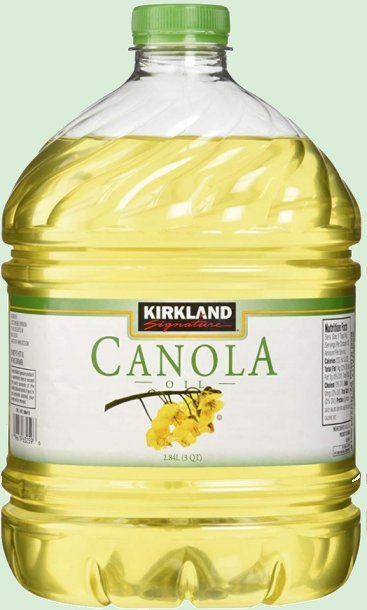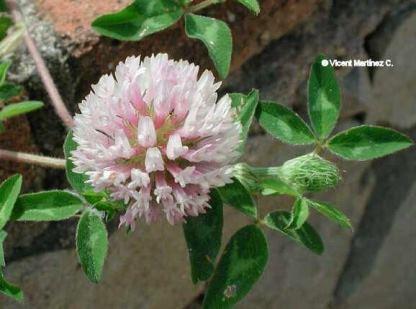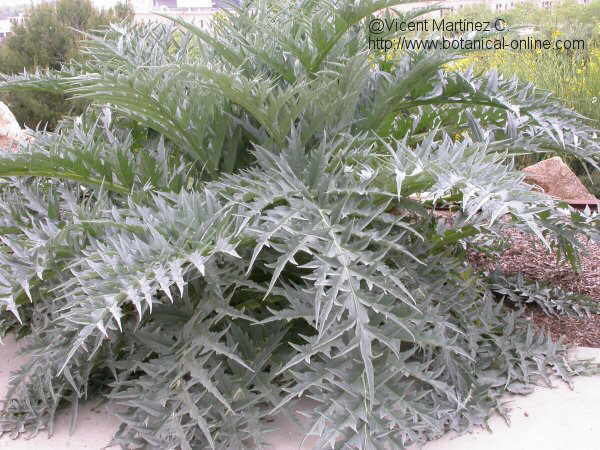Contents
What is a winter savory (Satureja montana)
Characteristics of winter savory
Common English name: Winter savory
| ||||||||||||||||||||||||||
Scientific name of the savory: Satureja montana L. = Satureja hyssopifolia Bert
Family:Labiatae or Lamiaceae
Description of winter savory
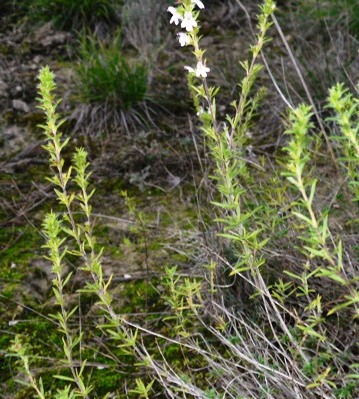 Photo of winter savory Photo of winter savory |
Winter savory (Satureja montana) is a plant of the lamiaceae family, the same family to which other aromatic spices such as thyme, mint and marjoram belong.
Herbaceous plant, annual, of 15-30cm. High, very branched. Stems erect and woody.
Leaves opposite, slightly pubescent, greyish green color and linear-lanceolate form. Between 1.3 and 3cm. of length.
The inflorescence of the plant are cymose glomeruli in the branches.
Bilabial pale pink flowers, small, pedicel from 2 to 6mm. They grow in bouquets of 2 in 2. Bloom between June and August, until October.
It is a very appreciated honey plant.
The fruit is an achene of four angles.
Used parts of winter savory
– Apiculture crops: this herb is used to make honey.
– The whole plant is cultivated in orchards of aromatic plants for the perfume industry, and to provide to the owners of the garden of food condiment. It is also an ornamental grass.
– Flowers and leaves: They are used as an aromatic spice and for medicinal purposes. When it is harvested first thing in the morning, the content in essential oils is greater than at another time of the day. The leaves and flowers must be dried slowly in the shade, and in general, we will always protect the aromatic spice from the sun (which degrades its aromas).
– The aromatic spice may contain pollen as it is harvested in bloom (or a month earlier). It should not contain seeds.
– Seeds: thy are collected when brown at the end of October. The seeds are used to sow the following year.
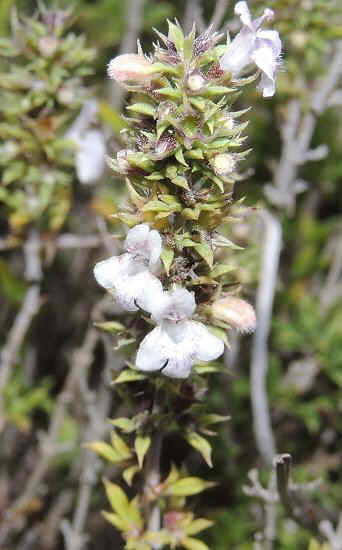 A detail of the flowers A detail of the flowers |
COMPOSITION OF WINTER SAVORY
– Carbohydrates, proteins and fats in not remarkable nutritional amounts, since the savory is consumed in very little quantity.
Properties and benefits of winter savory essential oil
It is worth to emphasize its content in essential oils and aromatic substances, which in turn confer medicinal properties to it:
| Essential oil (0.2-2.8%): carvacrol (30-40%), cimol or P-cymene (10-20%), thymol (1-5%), beta-terpinene (2-10%). |
Savory, like other aromatic plants of the Lamiaceae family, has numerous substances responsible for its refined aroma. Although the most abundant in the essential oil are those quoted in the upper box, it also contains:
Monoterpenes: are the components that provide the characteristic aroma of plants, as it constitutes their essential oil. The savory contains mainly:
– Carvacrol: very abundant in the essential oil of oregano. With digestive and carminative properties. It also acts as a natural antibiotic.
– Thymol: very abundant in thyme and in the essential oil of lemon. It is an excellent analgesic and natural antibiotic, anti-inflammatory, carminative and digestive.
– P-cymene: abundant in celery, cumin and cardamom. It is a natural insecticide of plants, which in the human body has anti-cholinesterase effect. That is, it extends the life span of the brain transmitters, being a remedy against nervousness and adequate to treat Alzheimer’s.
– Other monoterpenes in the savory: in general, they all have antioxidant and antiseptic effects. Linalool, myrcene, terpinene, terpinen-4-ol, caryophyllene, borneol, tuyone, humulene, pinene, cineole, copaene, geraniol, sabinene.
– Phenolic acids: rosmarinic acid (labiatic).
– Ursolic acid: with antioxidant, anticancer and anti-inflammatory properties.
| Content in essential oils of wild savory(Satureja montana | |
| Substance | Amount (in ppm.) |
| Carvacrol | 17.250 |
| Linalol | 14.260 |
| Timol | 14.030 |
| Terpinene | 7.130 |
| P-cymene | 6.210 |
| Terpineol | 2.185 |
| Terpinen-4-ol | 1.610 |
| Caryophyllene | 1.050 |
| Borneol | 545 |
| Thujone | 385 |
| Humulene | 325 |
| Pinene | 245 |
| Cineole | 150 |
| Copaene | 85 |
* Related information: Winter savory cultivation
![]() More information on savory.
More information on savory.

